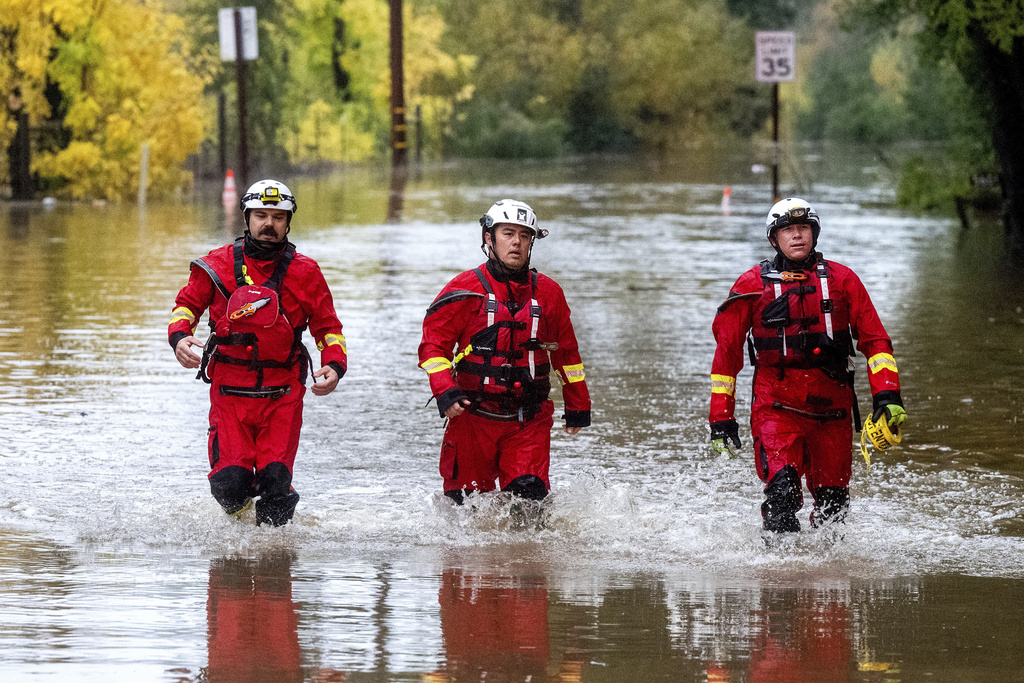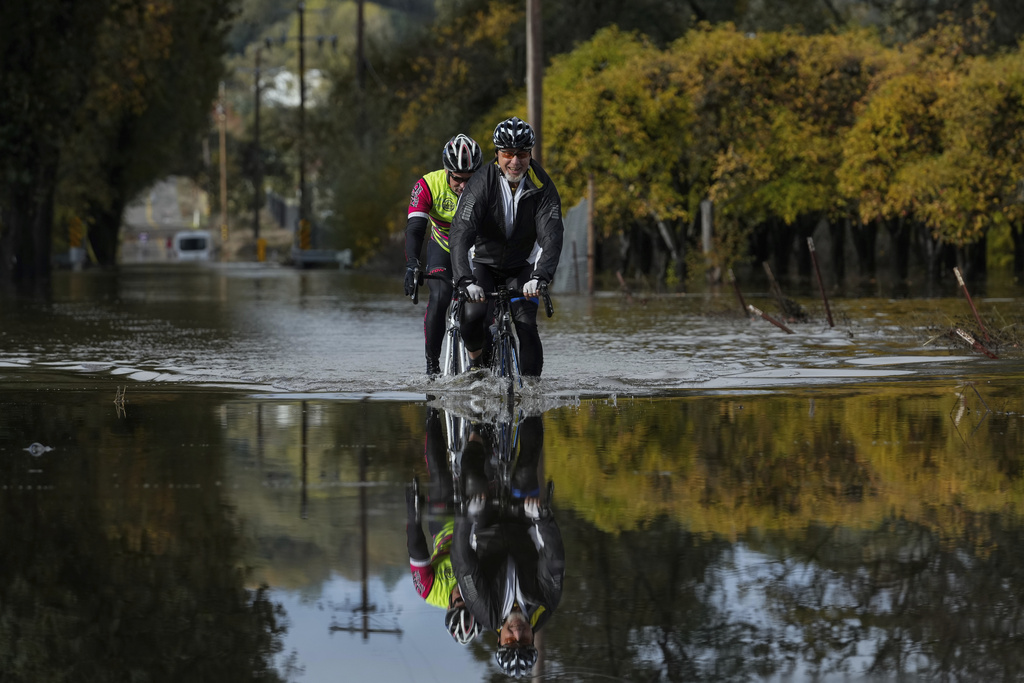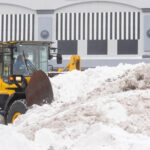U.S. Weather: Snowstorms Disrupt Thanksgiving Travel Plans \ Newslooks \ Washington DC \ Mary Sidiqi \ Evening Edition \ Severe weather battered the U.S. on Saturday, with snowstorms, heavy rains, and powerful winds disrupting travel ahead of Thanksgiving. The West Coast struggled with flooding and power outages, while the Northeast and Midwest braced for rain, snow, and hazardous conditions through Black Friday. Widespread damage and continued power outages highlight the storm’s impact.

U.S. Thanksgiving Weather Chaos: Quick Looks
- West Coast Bomb Cyclone: Intense storms lashed the Pacific Northwest and Northern California, causing flooding, landslides, and power outages.
- Sierra Nevada Blizzard Warning: Up to 4 feet of snow expected through Tuesday, with strong winds worsening conditions.
- Midwest to East Coast: Rain and snow forecast for Monday, with Thanksgiving Day storms targeting major cities like Boston and New York.
- Power Outages: Over 85,000 in Seattle remained without power Saturday after atmospheric river storms toppled trees and power lines.
- Drought Relief: Precipitation brought much-needed moisture to drought-hit regions in Pennsylvania, New York, and West Virginia.
Deep Look
West Coast Devastation
The West Coast experienced severe weather this week, with a bomb cyclone slamming the Pacific Northwest and Northern California. The term “bomb cyclone” refers to a rapidly intensifying storm, and this system delivered destructive winds, torrential rains, and widespread damage.
In Santa Rosa, California, rainfall totaled 12.5 inches (32 cm) by Friday evening, marking the city’s wettest three-day period on record. Nearby Windsor faced significant flooding, submerging local vineyards and rural roads.
Dominick Conti, a 19-year-old volunteer firefighter, described spending hours helping stranded drivers in the Santa Rosa area. “We pulled a truck out of a mudhole and rescued a sedan stuck in floodwaters,” he said.
Power Outages in the Pacific Northwest
In North Bend, Washington, Katie Skipper described the difficulties of living without power: “I’ve been tending a fire and running a generator to stay warm. It’s exhausting to be in the dark all the time.”
Crews are working to restore power while cities have opened warming centers to assist residents facing extended outages.
Sierra Nevada Blizzard
California’s Sierra Nevada is under a winter storm warning through Tuesday, with forecasts predicting up to 4 feet (1.2 meters) of snow at higher elevations. Wind gusts of 55 mph (88 kph) will worsen conditions, making travel hazardous. The heaviest snowfall is expected Monday and Tuesday.
Storms Sweep Eastward
Northern New Hampshire, northern Maine, and the Adirondack Mountains may see snow, but forecasters note that if the system shifts further inland, mountain snow could transition to rain.
Northeast’s Much-Needed Precipitation
The storm brought relief to parts of the Northeast grappling with severe drought conditions. Heavy rain drenched areas of New York and New Jersey, where rare wildfires had broken out in recent weeks. Snowfall blanketed northeastern Pennsylvania and parts of West Virginia.
In Pennsylvania, the Pocono Mountains reported up to 17 inches (43 cm) of snow, with lesser accumulations in cities like Scranton and Wilkes-Barre. The precipitation was welcomed by meteorologists as a step toward easing drought conditions.
West Virginia’s First Snowfall
West Virginia saw its first significant snowfall of the season, with up to 10 inches (25.4 cm) accumulating in higher elevations of the Allegheny Mountains. Blizzard warnings were issued in some areas, creating treacherous travel conditions.
The snowfall also brought benefits, providing moisture for the drought-stricken state and helping ski resorts prepare for their winter openings.
Travel Disruptions Loom
The storms’ timing threatens to disrupt Thanksgiving travel, one of the busiest periods of the year. Rain and snow across multiple regions are expected to complicate road and air travel.
Conclusion
The U.S. is facing a wave of severe weather ahead of Thanksgiving, with the West Coast reeling from bomb cyclones and atmospheric rivers while the Midwest and East Coast brace for rain, snow, and high winds.
While the storms have brought much-needed precipitation to drought-stricken areas, they have also left thousands without power, caused significant flooding, and disrupted holiday preparations. Travelers are urged to monitor weather updates and plan accordingly as conditions evolve.
U.S. Weather U.S. Weather







